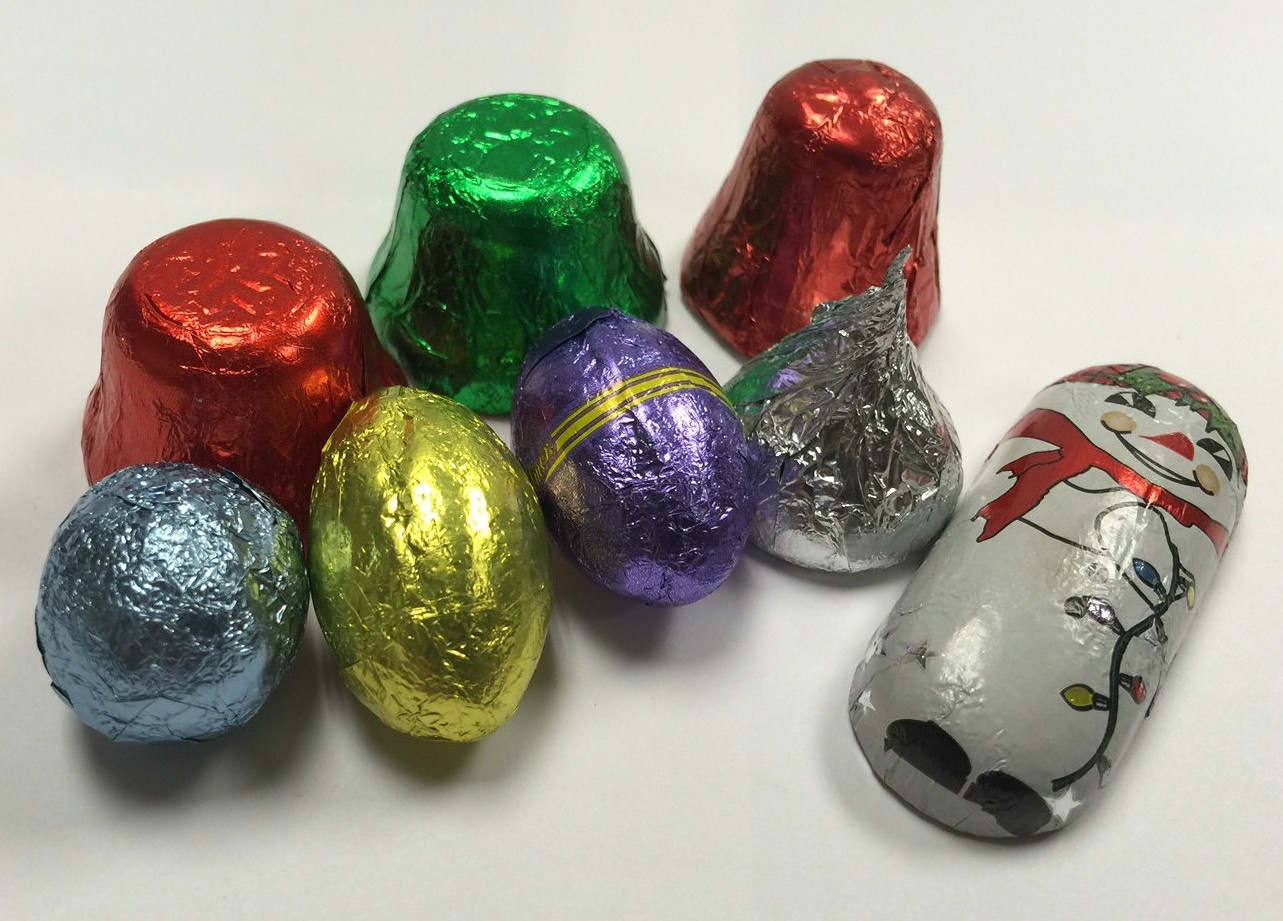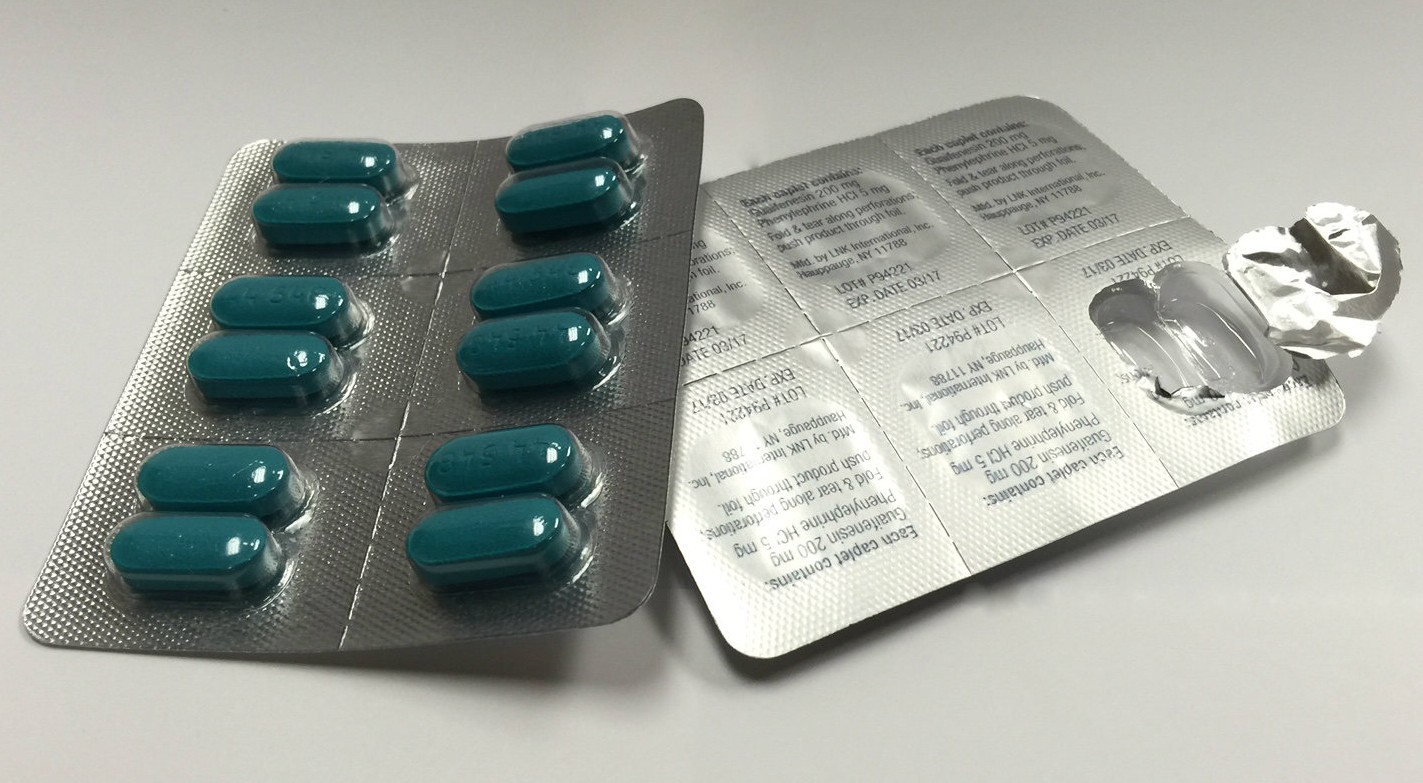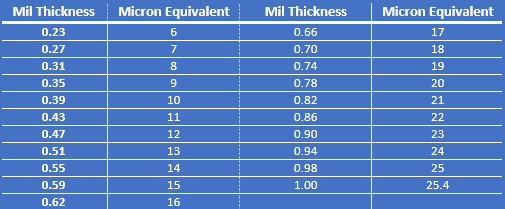Choosing the Right Aluminum Foil
Much can be determined by the specifications of the aluminum foil you choose to wrap your product in. Yet still we receive countless inquiries from businesses who are simply looking to match old, incumbent-supplied, specification sheets. The purpose of this space here is to educate about what properties you can adjust in your aluminum foil and what those adjustments will result with on your packaging lines.
Temper
The temper of a material is best described as the hardness or elasticity of a metal or in our case of foil. The two extremes on the scale are labeled simply as hard tempered or soft tempered foil.
Soft tempered foil is by far the more common of the two in packaging as it is the more malleable of the two, and is best for holding a tight wrap around a three dimensional product such as a piece of chocolate or a stick of butter. Soft tempered foil is also the preferred foil for laminations.
Hard tempered foil on the other hand is most commonly used in more rigid packaging such as blister or pill packs. The relatively low burst strength of hard tempered foil makes it easier to push a single small object such as a pill or battery through the foil while keeping the rest of the structure intact.


Gauge
The gauge, or thickness, of aluminum foil can range from as thin as .235 mil to as thick as 2 mil. Often times foil at the lower end of this range is laminated to a film or paper whereas foil at the upper end can stand alone to wrap the top of a champagne bottle for example. Gauge is typically measured either in thousands of inches (a.k.a. Mil) or in micrometers (a.k.a. Microns). Most foil packaging use for food and confectionery packaging food lies between .23 mil and 1 mil. Below is a chart comparing the two measurements:
Alloy
Once you’ve chosen the temper and gauge of your foil, you can then fine tune the properties of your wrap by changing its alloy. A change in alloy can affect tensile strength, elongation, and burst strength. The following chart shows the most common alloys and their characteristics:
Wettability
Wettability of a foil determines the overall quality of the print service that can be applied to that particular foil. There are three common grades of wettability of foil, all with varying adhesion levels, and each side of the foil can have a different grade. For instance, a common wettability grade for a foil candy wrap would be A/B, with any advanced graphics printed on the ‘A side’ of the structure. The following chart further breaks down the characteristics of each grade:




